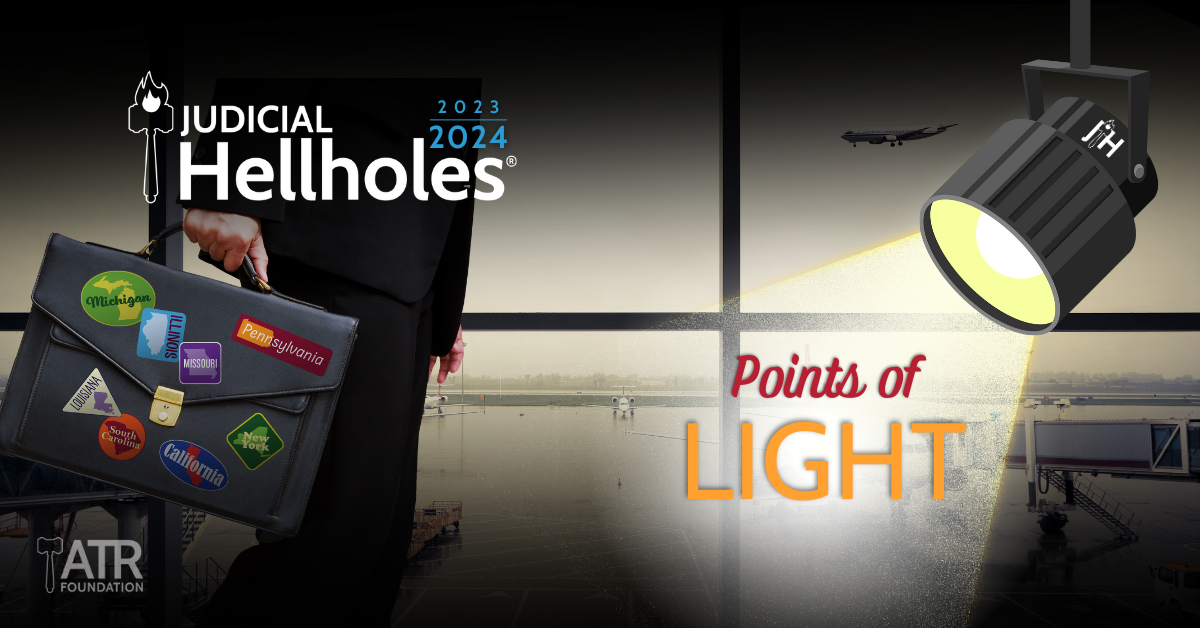Positive Developments around Junk Science in Mass Tort Litigation
ATRF is a staunch proponent of applying rigorous scientific standards for evidence to be introduced in court and long has raised concerns about the questionable scientific evidence underpinning mass tort litigation flooding courtrooms across the country. ATRF closely monitors judges’ willingness to properly fulfill their role as gatekeepers, and often criticizes those that abandon this important responsibility. Their gatekeeping function was fortified by recent amendments to Federal Rule of 702.
Following the implementation of the newly amended Rule 702, judges across the country are stepping up to the plate. ATRF applauds some recent developments in mass tort litigation abuses that have long plagued the nation’s civil justice system.
PARAQUAT MULTIDISTRICT LITIGATION
In April, Chief U.S. District Judge Nancy Rosentengel excluded plaintiffs’ junk science in paraquat litigation. Chief Judge Rosenstengel, who is overseeing the multidistrict litigation that includes more than 5,000 cases, granted the companies’ motion for summary judgment, dismissing four cases that alleged paraquat can cause Parkinson’s Disease.
The cases had completed discovery and were ready for trial. However, Judge Rosenstengel found that expert testimony from a Cornell University professor must be excluded. She characterized the professor’s analysis as “a textbook example of the type of standardless presentation of evidence that courts have cautioned against.” “His proffered opinion required several methodological contortions and outright violations of the scientific standards he professed to apply.”
TALC LITIGATION
In March, U.S. District Judge Michael Shipp, the federal judge overseeing over 53,000 talc cases in multidistrict litigation, agreed to rigorously re-examine the plaintiffs’ expert testimony under newly amended Federal Rule of Evidence 702.
While the American Cancer Society additionally acknowledges mixed evidence on any link between talc use and ovarian cancer, emphasizing the minimal increase in risk, if any, this litigation still has resulted in multimillion-dollar verdicts against J&J.
If the experts for the plaintiffs can’t withstand the heightened scrutiny of their methodologies, as may very well occur, the ovarian cancer claims should rightfully be dismissed.
Following this decision, Johnson & Johnson announced a plan to resolve almost all the talc lawsuits. The plan would resolve 99.75% of all pending talc lawsuits against Johnson & Johnson and its affiliates in the U.S. It provides for a three-month solicitation period during which ovarian claimants are informed of its terms and will have the opportunity to vote for or against the plan – an opportunity they were denied in prior bankruptcy cases. Johnson & Johnson commits to pay ovarian claimants a present value of approximately $6.475 billion to be paid over 25 years.
The plan was developed collaboratively between all parties involved in the litigation and is in the best interest of all parties to litigation. Unlike in the previous cases, this plan would move forward if 75% of claimants themselves – not their lawyers – vote to proceed. This is a refreshing departure from the conflicting financial incentives that prolonged this litigation for years.







